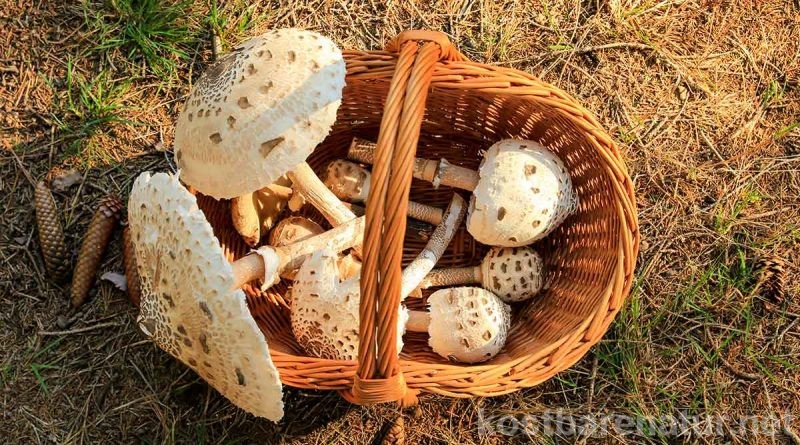DimitryZ
pfm Member
On the mushroom, all you see is eaten trail... slugs themselves are long gone.tell that to my wife ... she goes bonkers at the slugs in our kitchen when they get in !!
It is a mark of safety in the woods. I am always greatful to the little guys for telling me that this mushroom is safe to eat.



